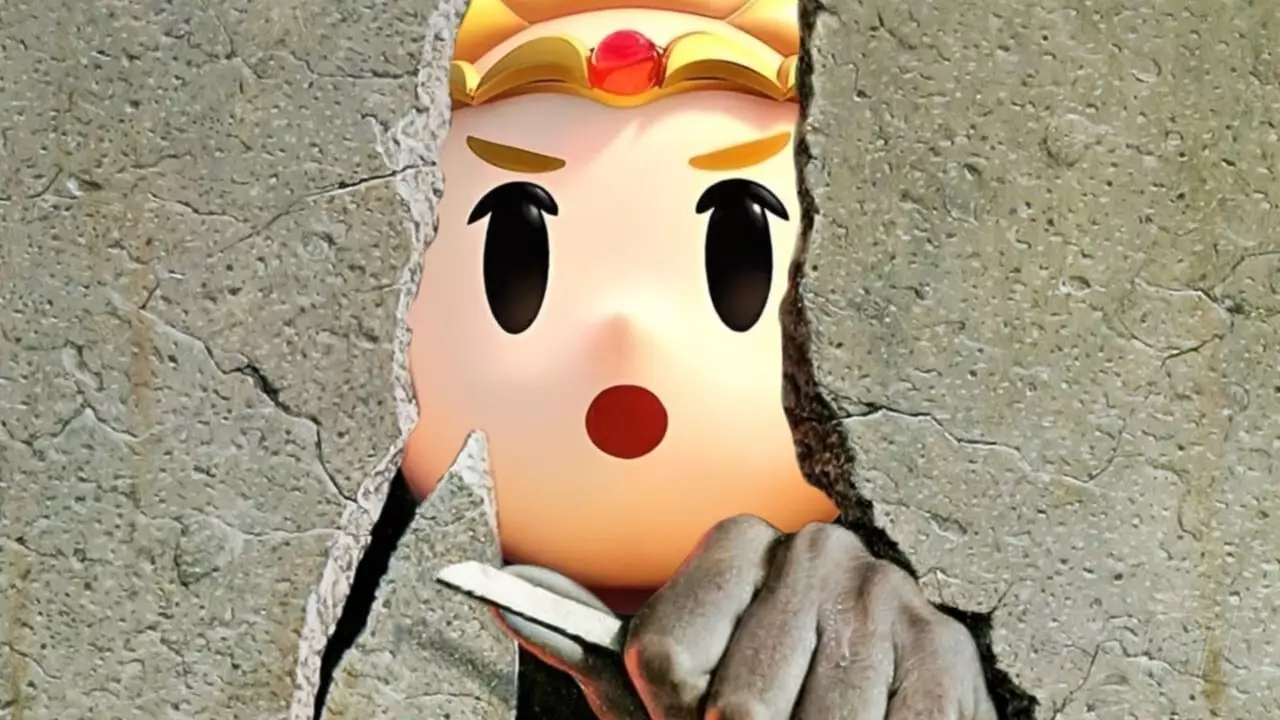The latest installment in The Legend of Zelda franchise, Echoes of Wisdom, has reignited discussions about the layout, design, and logic behind the prisons of Hyrule. While nostalgia and satisfaction wash over fans experiencing yet another epic adventure, one cannot help but notice the glaring design flaws within the kingdom’s prison system—a recurrent theme throughout the series. In this article, we will analyze and critique the prisons of Hyrule that serve as mere temporary holding cells for the series’ iconic hero, Link, and consider what these flaws mean for the realm’s security.
Upon stepping into the game, players are immediately thrust into an experience filled with immersive environments, alongside engaging storylines. However, the experience takes a comedic twist once Link is confined to a prison cell. The initial experience might be thrilling, yet it quickly gives way to the unmistakable sensation that Hyrule’s prisons are fundamentally flawed. The creators wonderfully rekindle the charm of previous titles, but when it comes to prison design, practicality seems abandoned.
The moment our noble hero is incarcerated, a comical thought strikes: could it be that the cells were constructed by amateur builders? As players embark on the first escapade, it seems almost too easy to escape simply by identifying the shortcomings of the cell. Large openings or holes in the walls would prompt any player to ask: who designs a prison like this? An escape right beneath our noses is notably an amusing introduction to the game but does it speak more to the game’s design than its narrative?
Hyrule’s prisons present numerous glaring design oversights. One of the most egregious and recurring elements is the presence of holes in walls and floors, often overlooked during Link’s escapades. The immediate acknowledgment is that there should be an apparent effort to shore up these vulnerabilities, yet they persist, capturing the whimsical nature of gameplay rather than offering realistic security measures.
Consider the situation from The Twilight Princess, where Link in his wolf form finds himself in a similarly predicament. Shockingly, the wooden crate, which is poorly indicative of secure holding, allows for easy escape through a hastily filled hole. Does the authority behind the prison design genuinely believe that such mechanisms will keep even a novice adventurer restrained? It almost feels as though the developers have left comedic easter eggs at the expense of logical layout.
A persistent motif is that once players identify the fundamental weaknesses of a cell—in this case a hole in the floor—it’s practically an invitation to escape. It subtly highlights the disparity between narrative tension and gameplay convenience. Yes, escape should be anticipated in adventure games, yet there should be a balance that challenges players more substantively.
Further compounding the absurdity of Hyrule’s prison design is the accessibility of switches—central to initiating escapes or unlocking passages. For instance, in A Link Between Worlds, a conspicuously placed switch essentially invites prisoners to become escape artists. One can only pose the question: what was the reasoning behind offering even the slightest chance for escape? Surely, any competent jailer would ensure controls remain hidden from reach, thus preventing even the semblance of a prisoner’s ability to orchestrate his own exit.
Similarly, the notion of placing even minor obstacles within the prison cells, such as strategically positioned barriers or deceptive constructs, could introduce novelty into simple interactions. This inclusion might challenge players to engage in more complex puzzle-solving, thus elevating the overall gameplay rather than relying on a straightforward escape.
One cannot discount the humorous charm woven into these situations. The fact that Link manages to escape within mere seconds is undeniably entertaining. While amusing anecdotes emerge, they inadvertently call into question the seriousness of Hyrule’s security measures. It becomes unsettling when considering that a world filled with supernatural threats relies upon such whimsical, ineffective prison designs.
In closing, while The Legend of Zelda: Echoes of Wisdom earns commendation for its thrilling gameplay and engaging narrative, it continuously raises concerns regarding Hyrule’s prison designs. This commentary is intended not as mere criticism but rather as an invitation to examine and explore improvements that could stimulate more sophisticated interactions within the game. Ultimately, if the land is to be a place of fantastical adventures, isn’t it time to infuse a bit of reality into the setting’s architecture and security measures? Without doubt, the peculiar charm of Hyrule’s prisons remains an integral part of the series; one can only hope to observe some growth in design logic moving forward.

